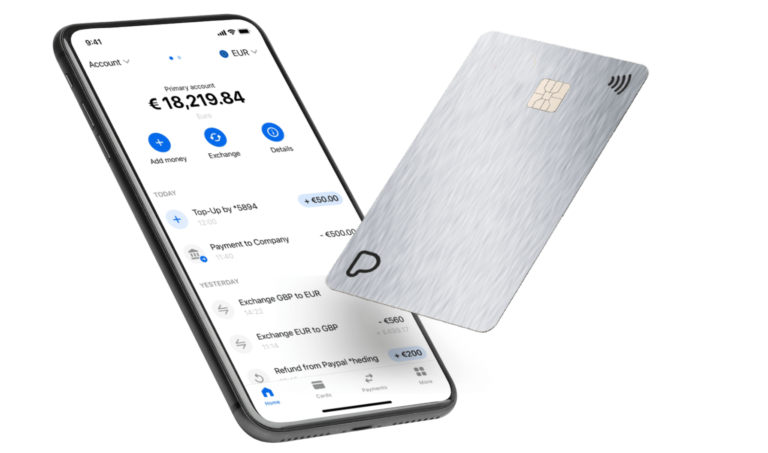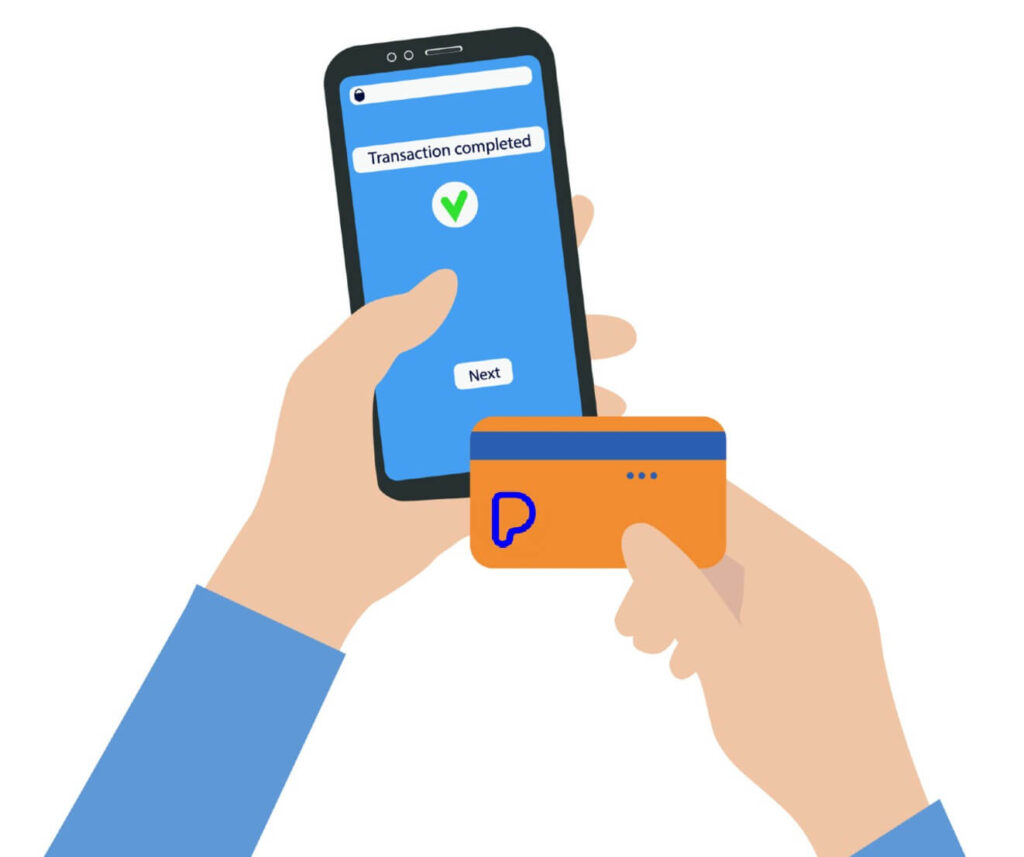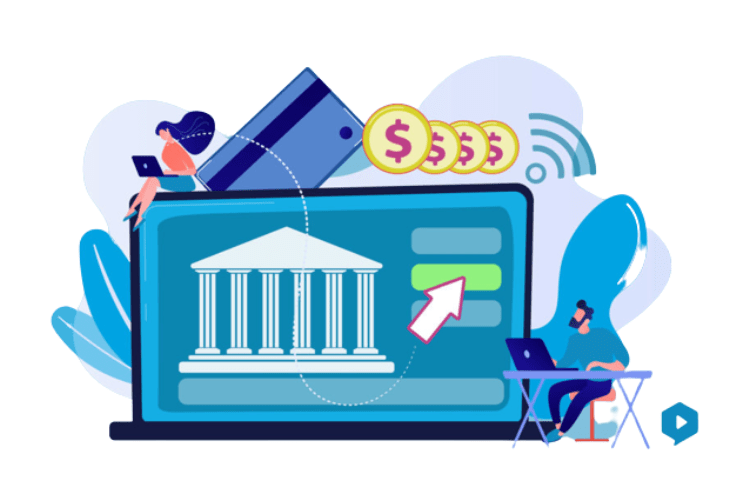Watch video summary
Introduction
As a business owner or merchant, the term “chargeback” might bring up feelings of frustration and concern. Chargebacks can be costly and time-consuming, impacting a company’s bottom line and reputation. At Payine, we understand the importance of being informed about chargebacks and how they can affect your business. This comprehensive guide aims to explain chargebacks, their causes, the process involved, and how to prevent and manage them effectively. Our experience at Payine has shown that informed merchants can significantly reduce chargebacks, saving time and resources in the long run.
What are Chargebacks?
Chargebacks, also known as payment disputes, are transactions that have been reversed or returned by the customer’s e-money account or credit card issuer. They were initially introduced as a consumer protection measure, enabling customers to dispute fraudulent or unauthorized transactions.
However, chargebacks have become a double-edged sword, often causing financial losses and administrative burdens for businesses. Merchants and businesses need to understand chargebacks to minimize their occurrence and manage them efficiently when they arise.
Common Reasons for Chargebacks
Chargebacks can occur for various reasons, and being aware of them is essential for merchants to reduce the likelihood of disputes. Some common reasons for chargebacks include:
Fraudulent transactions:
When a customer’s card is used without their consent or knowledge, they can file a chargeback to recover the funds.
Unauthorized transactions:
These occur when a customer claims they did not authorize a purchase or did not recognize it on their statement.
Processing errors:
Technical glitches, duplicate charges, or incorrect billing amounts can lead to chargebacks.
Product or service dissatisfaction:
If a customer is unhappy with a product or service, they may initiate a chargeback if they believe the merchant has not adequately addressed their concerns.
Miscommunication or misunderstanding:
Unclear refund policies or discrepancies in product descriptions can lead to disputes.
At Payine, we believe that by identifying these common causes, merchants can take proactive steps to address them and reduce chargebacks.
The Chargeback Process
The chargeback process typically involves several stages and multiple parties, including customers, merchants, e-money accounts, and payment processors. Here is an overview of the process:
● A customer disputes a transaction with their issuing e-money account or card issuer, providing a reason for the dispute.
● The issuing e-money account reviews the dispute and, if deemed valid, initiates a chargeback.
● The merchant’s e-money accounts (acquirer) receives the chargeback request and reviews it.
● The acquirer may either accept the chargeback, deducting the disputed amount from the merchant’s account, or challenge the chargeback on the merchant’s behalf.
● If the acquirer challenges the chargeback, the merchant must provide evidence to support their case.
● The issuing e-money account reviews the evidence and makes a final decision. If the chargeback is upheld, the merchant loses the dispute; if it is reversed, the funds are returned to the merchant.
How to Prevent Chargebacks
At Payine, we understand that prevention is better than cure. Implementing best practices to reduce chargebacks can save merchants time and money. Some effective strategies include:
Clear refund policies:
Make sure your refund and return policies are easily accessible and transparent to customers. This reduces the likelihood of misunderstandings and disputes.
Secure payment processing:
Implement secure payment processing technologies like tokenization and 3D Secure to protect against unauthorized transactions.

Accurate product descriptions:
Provide accurate, detailed, and honest product descriptions to set the right expectations for customers.
Responsive customer service:
Promptly addressing customer inquiries and concerns can prevent disputes from escalating to chargebacks. Make sure your customer service team is well-trained and equipped to handle issues efficiently.
Proper transaction labeling:
Ensure that transactions are correctly labeled on customer statements to avoid confusion and unrecognized charges.
Regular staff training:
Train your staff to recognize and handle potential fraud, unauthorized transactions, and other issues that could lead to chargebacks.
Prompt order fulfillment:
Deliver products and services in a timely manner to keep customers satisfied and reduce the chances of disputes.
Managing Chargebacks
Even with the best prevention strategies in place, some chargebacks may still occur. Effectively managing chargebacks involves disputing them when necessary and analyzing patterns to identify areas for improvement. Here are some tips for successful chargeback management:
Track chargeback rates:
Regularly monitor your chargeback rates to ensure they stay within acceptable levels. High chargeback rates can lead to increased fees, penalties, and even the loss of your merchant account.
Analyze chargeback patterns:
Identify trends and patterns in chargebacks to determine their root causes. This information can help you implement targeted strategies to address specific issues.
Maintain thorough records:
Keep detailed records of customer transactions, communications, and other relevant information. These records can be invaluable when disputing chargebacks and providing evidence to support your case.
Dispute chargebacks when appropriate:
If you believe a chargeback is unfounded, don’t hesitate to dispute it. Submitting compelling evidence and following the appropriate procedures can increase your chances of winning the dispute.
Implement feedback loops:
Use customer feedback and insights from chargeback data to improve your products, services, and processes, reducing the likelihood of future disputes.
Conclusion
Understanding chargebacks and their implications for merchants and businesses is crucial for maintaining a successful operation. At Payine, we believe that by implementing best practices, businesses can significantly reduce chargebacks, resulting in improved customer satisfaction, reduced costs, and a healthier bottom line. By staying informed, addressing issues proactively, and managing chargebacks effectively, merchants can navigate the challenges of chargebacks and focus on growing their business.
How Can Payine Help You?
As an electronic money institution, Payine is committed to helping merchants and businesses navigate the complex world of payment processing, including chargebacks. Our expertise in payment solutions allows us to provide comprehensive support and guidance, empowering you to make informed decisions, minimize disputes, and manage chargebacks effectively. With our tailored strategies and industry-leading technology, you can focus on what matters most – delivering exceptional products and services to your customers. Trust Payine to be your partner in ensuring a seamless payment experience, fostering stronger customer relationships, and driving your business towards success.




